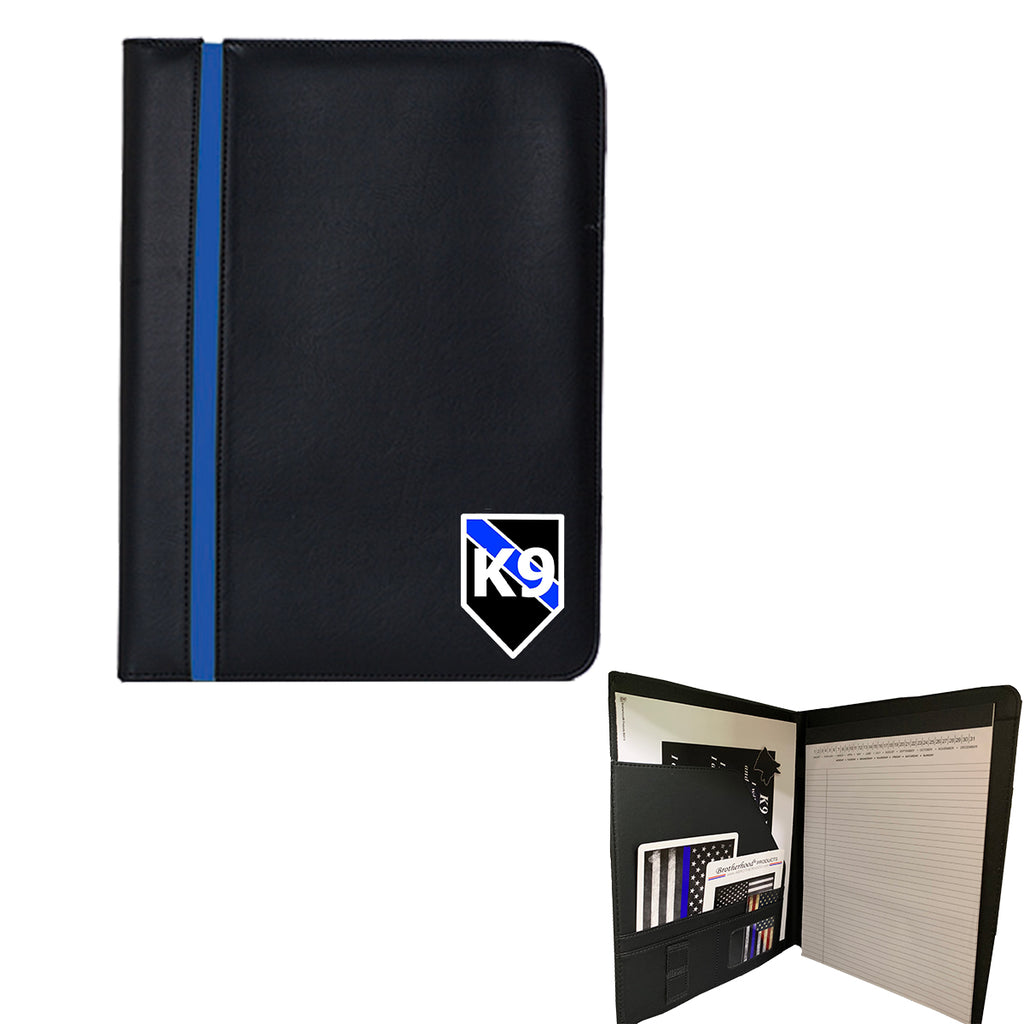

You can check the 'Apply this change to all existing level 4s inside this level 3', if you wish. Older versions of Symfony had a command line helper to generate a bundle skeleton. (4) Select the bundle type from the drop down menu under 'Default name of a bundle layer'. The headers we'll be adding via our bundle are Content-Security-Policy, X-Frame-Options, Strict-Transport-Security and X-Content-Type-Options. This tutorial assumes prior working knowledge of PHP, Composer To follow this tutorial, you will need PHP (at least v7.4), Composer and of course a Symfony app to test your bundle against. Only set a few options in a simple YAML file and the relevant headers will be added automatically to all their application's responses. Once the user has installed our bundle, they need

In this tutorial, we're going to create a bundle for Symfony 5 which allows someone building an application to easily configure some common HTTP headers relating to security. So I looked in the Default Folder release notes, and for version 5.6 (the current version is 5.6.4), it says: Due to a bug in previous versions of Pho. You'd like to share across multiple projects. Do you mean in the save location dialog box after you click the blue Export As button Because Default Folder appears there and is working for me.

We no longer do this, but bundles are still useful for common functionality Until recent versions of Symfony (v4 I think off the top of my head?) the recommended way to build your application was to encapsulate it inside a bundle.
#Default folder x bundle how to#
How to create a Symfony 5 bundle Symfony BundlesĪ bundle can be considered essentially a plugin for a Symfony project it can wrap any functionality found in a Symfony application including configuration, controllers, routes, services, event listeners, templates, etc.


 0 kommentar(er)
0 kommentar(er)
